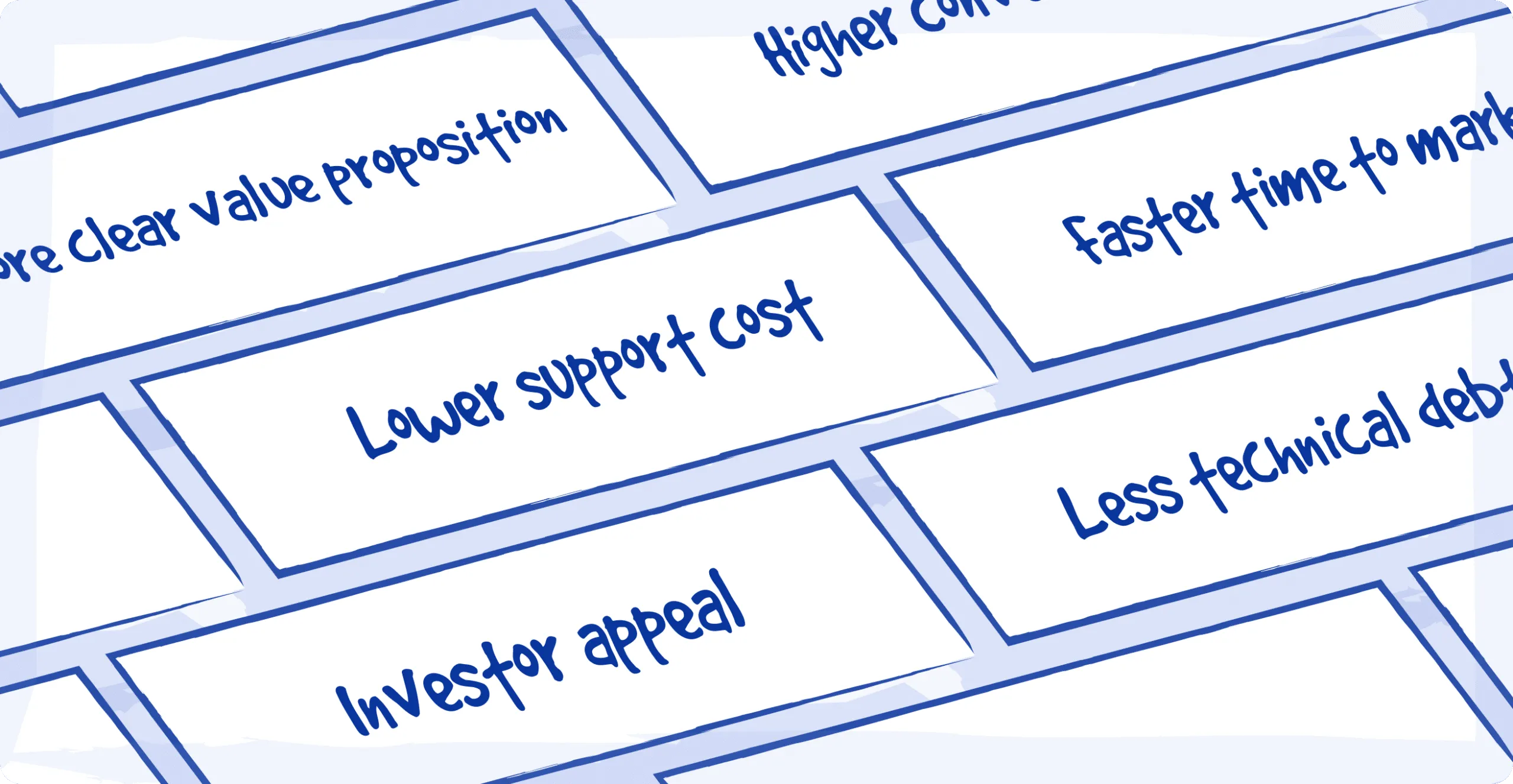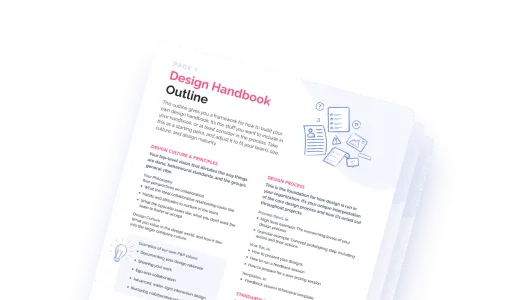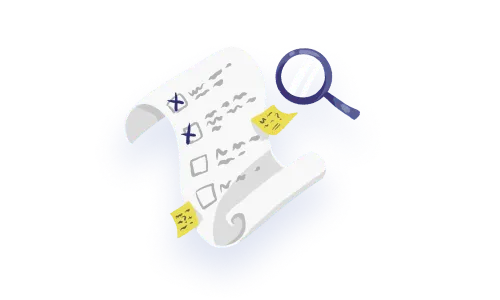

An investment in user experience represents a level-up from good-enough-to-release standards which has lasting effects on reputation improvement, brand growth, internal culture boost and an improved first-impression for sales efforts.
The field of user experience has grown enough in reputation where we no longer have to justify our practice. We get approached by companies who want to remain relevant, know the value UX can bring, but need to make the business case for it.
This page will guide you as you calculate the ROI for a UX investment for your enterprise software application. This will provide you with ideas for how to justify your spend and its timing. Some concepts are more concrete while others are more generalized prompts for you to interpret within the context of your own business.

Calculating your UX ROI is not as simple as “how much profit will be generated from good UX”. The value of UX also lies in avoided costs and strengthened business culture which have a breadth of benefits. To calculate your ROI, you’ll need to understand which KPIs in your company are impacted by good design. This is a whole other area of exploration.
However for enterprise software or SAAS products, Here are the different approaches you should be considering to calculate UX ROI (it’s not just about conversion):
Let’s dive into each one, so you can get to increasing your ROI through amazing UX.
One of the first elements to consider when calculating the value of UX is the amount of problems that design keeps you from having to solve in the future. And as a company, solving problems costs money. So this exercise can be looked at from the perspective of money that design is preventing you from having to spend.
When you have a clearer definition of your product positioning and overall direction, less time is spent reinventing the wheel. This ensures resources are working on the right thing and their efforts are more focused. One example of development cost savings comes from the fact that designers map user flows, design rationale and do in-depth UX documentation which removes the need to figure out answers to problems via code.
Not only does proper design work saves your company from having development efforts go to waste, the same thing happens with your support resources.
Another thing to consider. If your support team is highly specialized, scaling that function represents a high cost in terms of recruitment and training - if it’s even possible. Many B2B SaaS products have specialists with PhD designations for example, so finding 100 more microbiology PhDs isn’t possible, even with an unlimited budget.
This approach is especially impactful for B2B software applications. Thorough UX helps build a lot of trust and faith in your product, especially if that experience is represented in software demos.
This trust is (at least initially) gained by conducting demos of your software. There's a whole art to pulling a demo off successfully, which is why we wrote an entire whitepaper on common mistakes, the impact, and what you can do through the UX lens. When your demo is stronger, it creates a positive reaction in the customer where they appreciate that:
Ideas to consider for this calculation:
Looking at UX ROI through the lens of opportunity cost is especially relevant for competitive and fast moving fields where losing out is more likely to happen and at a faster pace.
It is also relevant for more entrenched industries with incumbents having much more market share than they deserve and where more low hanging fruits exist for innovation and disruption.
Given that excellent user experiences give you a competitive edge, here are some ways to calculate the cost of missed opportunities:
Adhering to the basic UX best practices to avoid bad ux is, at a high level a great way to get started assessing your UX needs and how deep they may go. We offer a UX Audit service which helps you assess your UX baseline so you can figure out how to proceed.
Good UX participates in creating an excellent product that employees can be proud of, get behind and get ‘obsessed’ with. It creates alignment across and within teams, moving the brilliant minds in the same direction. Initiatives like Design Thinking get teams aligned, exploiting the genius your team has to create innovation. Morale is something that can also benefit from having a product with an elevated interaction quality and overall user experience. Working in a design-centric way can also create a more nuanced team workflow between designers and developers (and product).
A couple of approaches to giving this a dollar value:
Earlier, we alluded to disruption but here we want to focus on invention.
What would it be worth to you if your company were to unearth an unexpected discovery? Since the UX design practice has great influence on internal practices and facilitates out-of-the-box thinking, how likely do you think it is for true innovation to happen outside of a user-centred culture?
Do you feel that your teams are stacked with more potential than you are fully realizing? If you feel like your teams’ talent could unlock breakthroughs and your company is lacking the culture of initiative and creativity needed to enable them, can you really afford not to seize these opportunities?
While this is much more difficult to calculate and a bit more on the aspirational side, here are some ideas:
We work extensively on UX design for AI (artificial intelligence), for those looking to take advantage of this incredible technology in the service of their users.
Keep a lookout for signs of bad UX creeping into your product (which comes out in clumsy software demos!), and consider elevating the UX culture of your organization as an investment for the long-term. When you calculate the ROI of UX research and design, proceed with caution and remember than the more conservative you are, the better. You can also decide to consider an upper and lower limit to the potential returns or saved costs instead of fixed amounts. Finally, remember to gather your metrics from multiple angles to build a stronger case for a UX investment.
Looking for UX collaborators? We offer specialized UX services in enterprise UX design, including AI, data dashboards, biotech and fintech.
Do a mini UX audit on your table views & find your trouble spots with this free guide.

Be the first to know about our upcoming release!























































